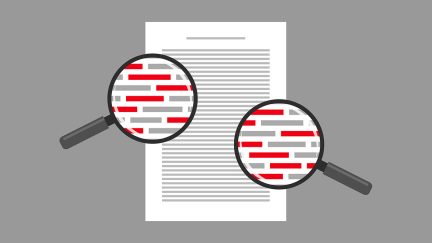For more stories like this, sign up for the PLANSPONSOR NEWSDash daily newsletter.
IRS Releases HSA Rollover Guidance
A Treasury Department
news release
said that the guidance from Treasury and Internal Revenue
Service (IRS) officials clarified the requirements for
making these rollovers, which must be made directly to the
custodian or trustee of the HSA.
Authority for the rollover came from the Tax Relief and
Health Care Act of 2006, enacted December 20, 2006, which
allowed employers to amend their health FSAs or HRAs, with
balances on September 21, 2006, to allow a one-time HSA
rollover by 2012 (See
Bush Signs Bill
Enhancing HSA Offerings
).
The rollover to an HSA must not exceed the lesser of the balance in the health FSA or HRA on September 21, 2006, or as of the date of the distribution, according to the guidance.
Generally, under the new rules, in order to receive the favorable tax treatment, the necessary actions include (by year end):
- Amending the plan,
- Electing the rollover by the employee,
- Freezing the year-end balance; and
- Transferring the funds by the employer within two and a half months after the end of the plan year and result in a zero balance in the health FSA or HRA.
Under special transition relief for amounts remaining at the end of 2006, however, there is no requirement to freeze the year-end balance in the health FSA or HRA, and the amendment, election, and transfer must be completed by March 15, 2007, according to the latest notice.
According to the guidance, the new law does not change the requirement that unused amounts remaining at the end of a health FSA’s plan year must be forfeited in the absence of a grace period.
So, regulators pointed out, if a health FSA does not have a grace period, unused amounts remaining at the end of the plan year are forfeited and generally cannot be transferred through a qualified HSA distribution to an HSA after the end of the plan year.
Citing numerous hypothetical examples, the regulators also discussed how employees’ eligibility for such rollovers is determined under a variety of timing situations and plan types.
The latest guidance is here .


